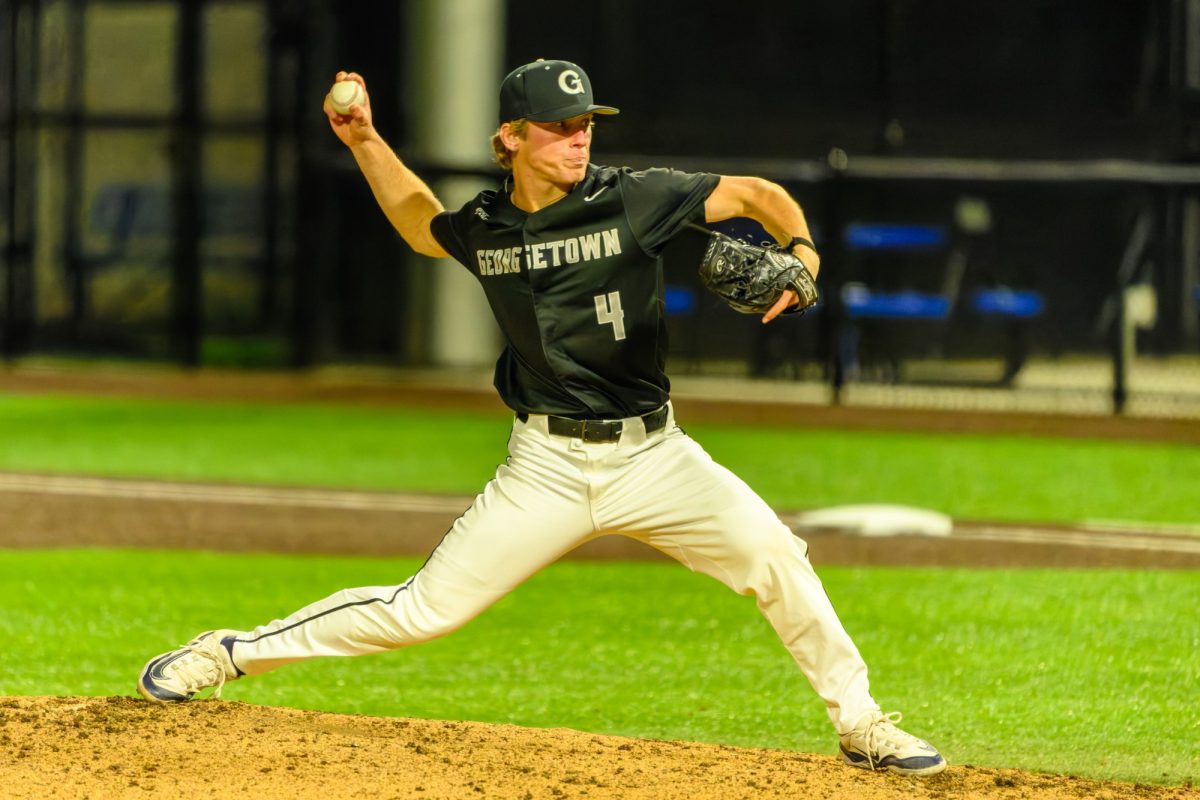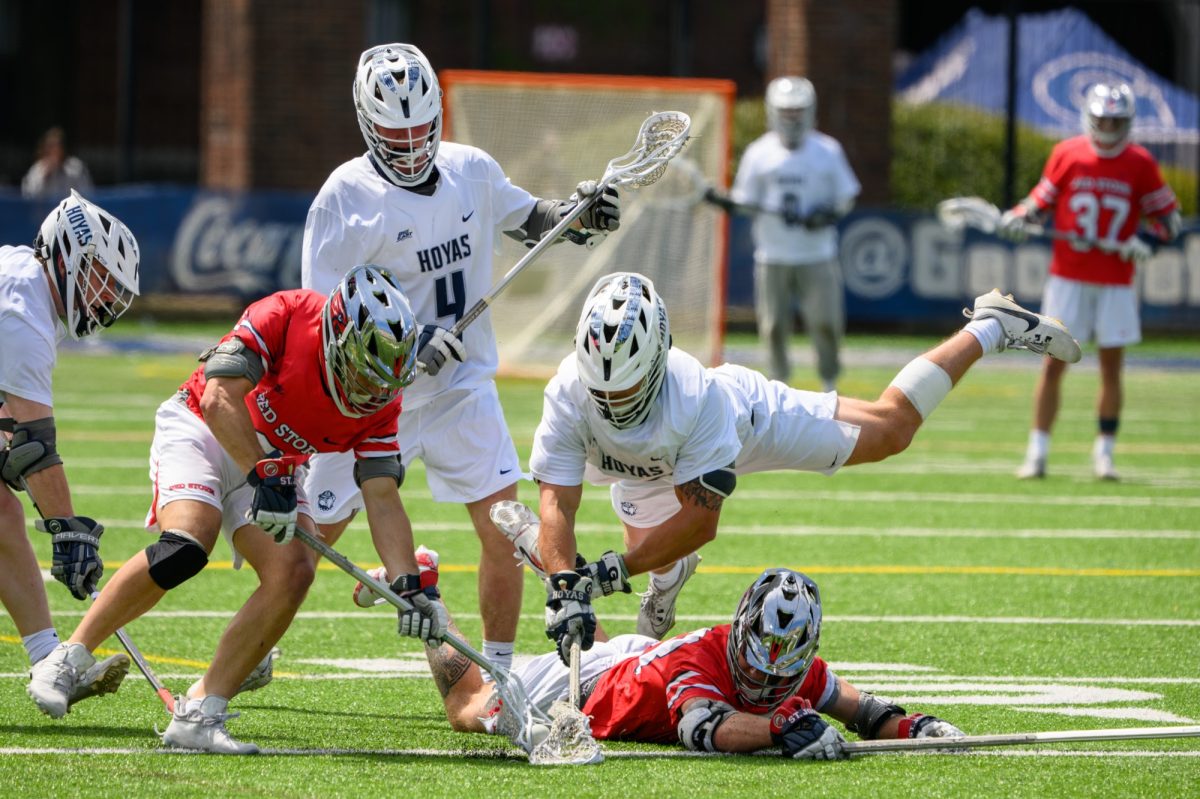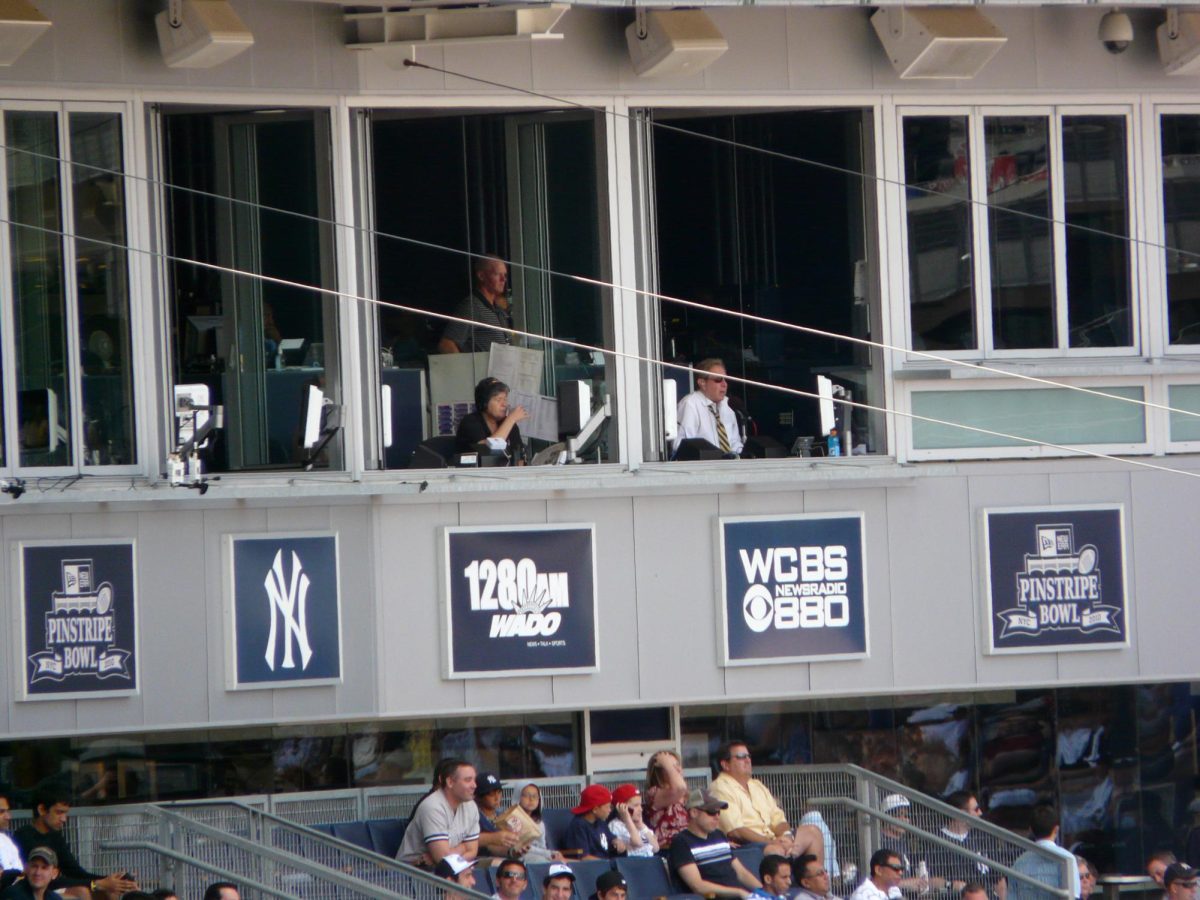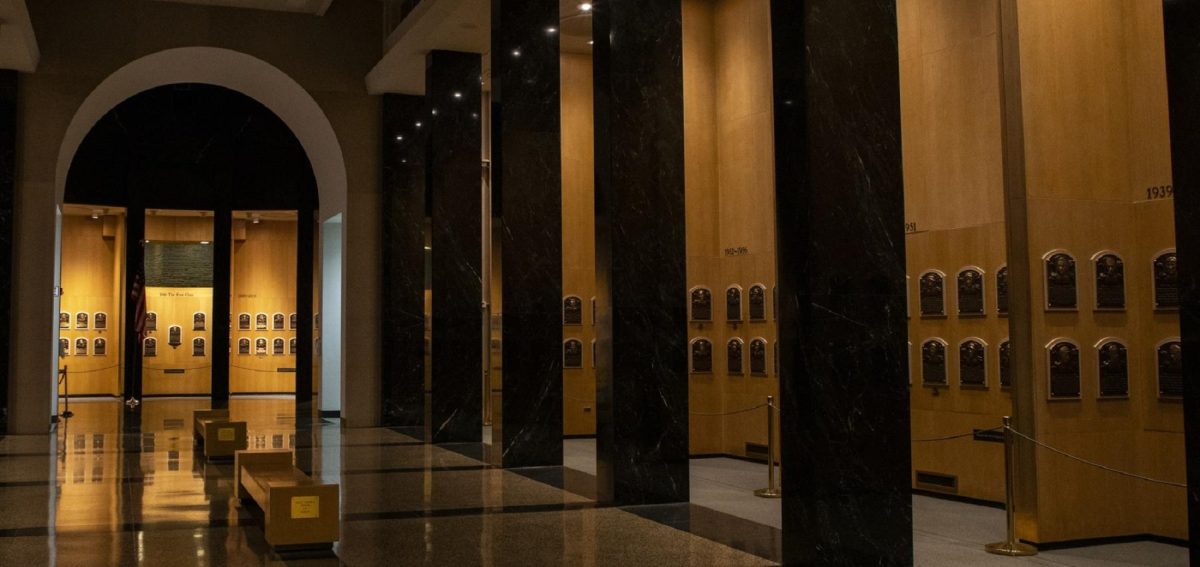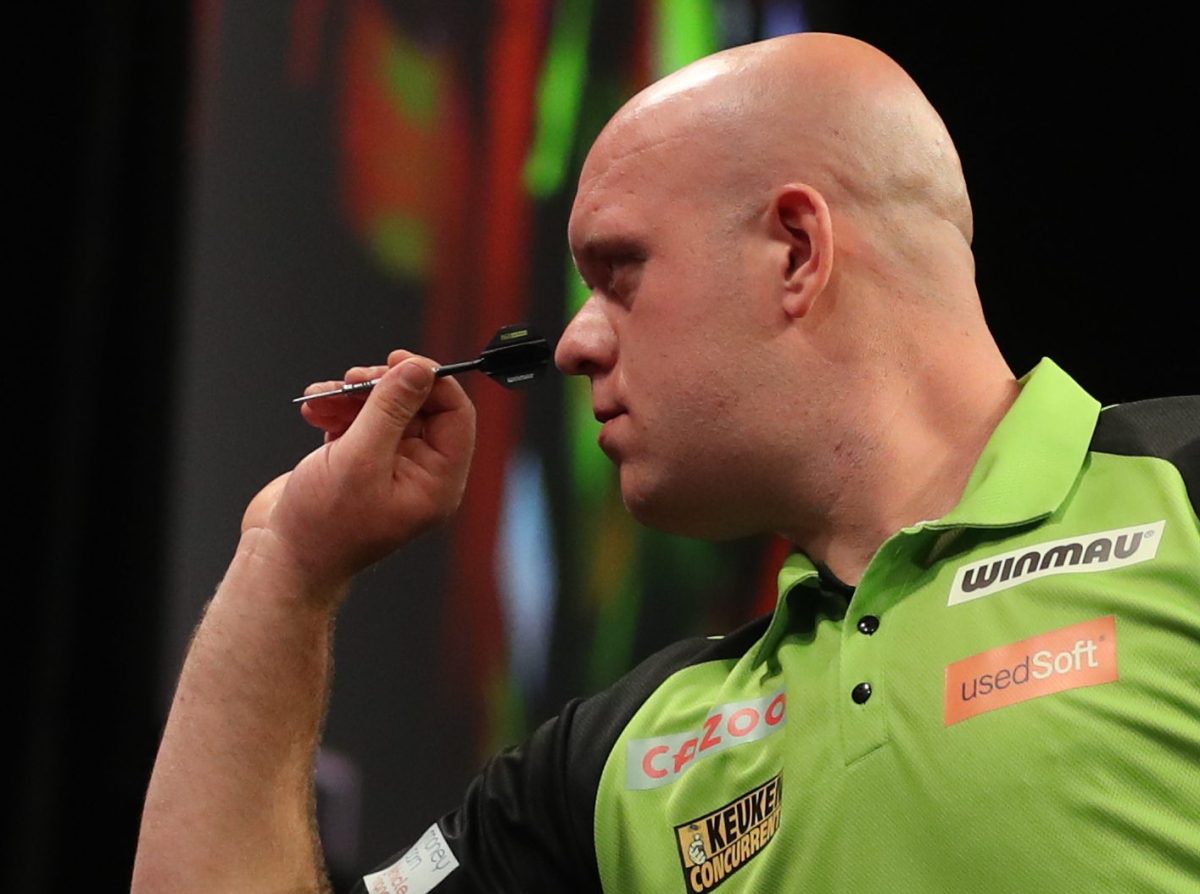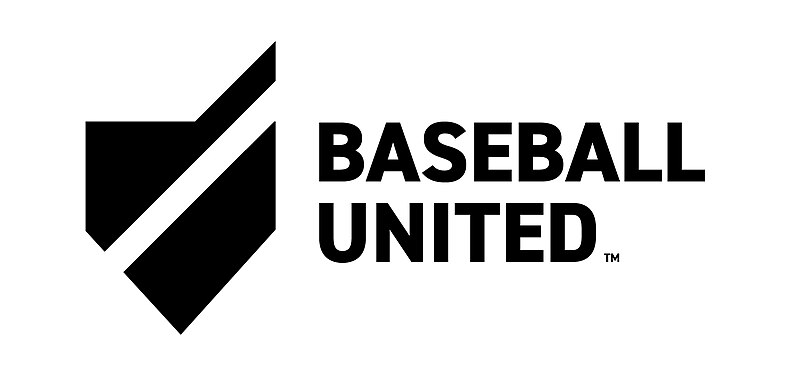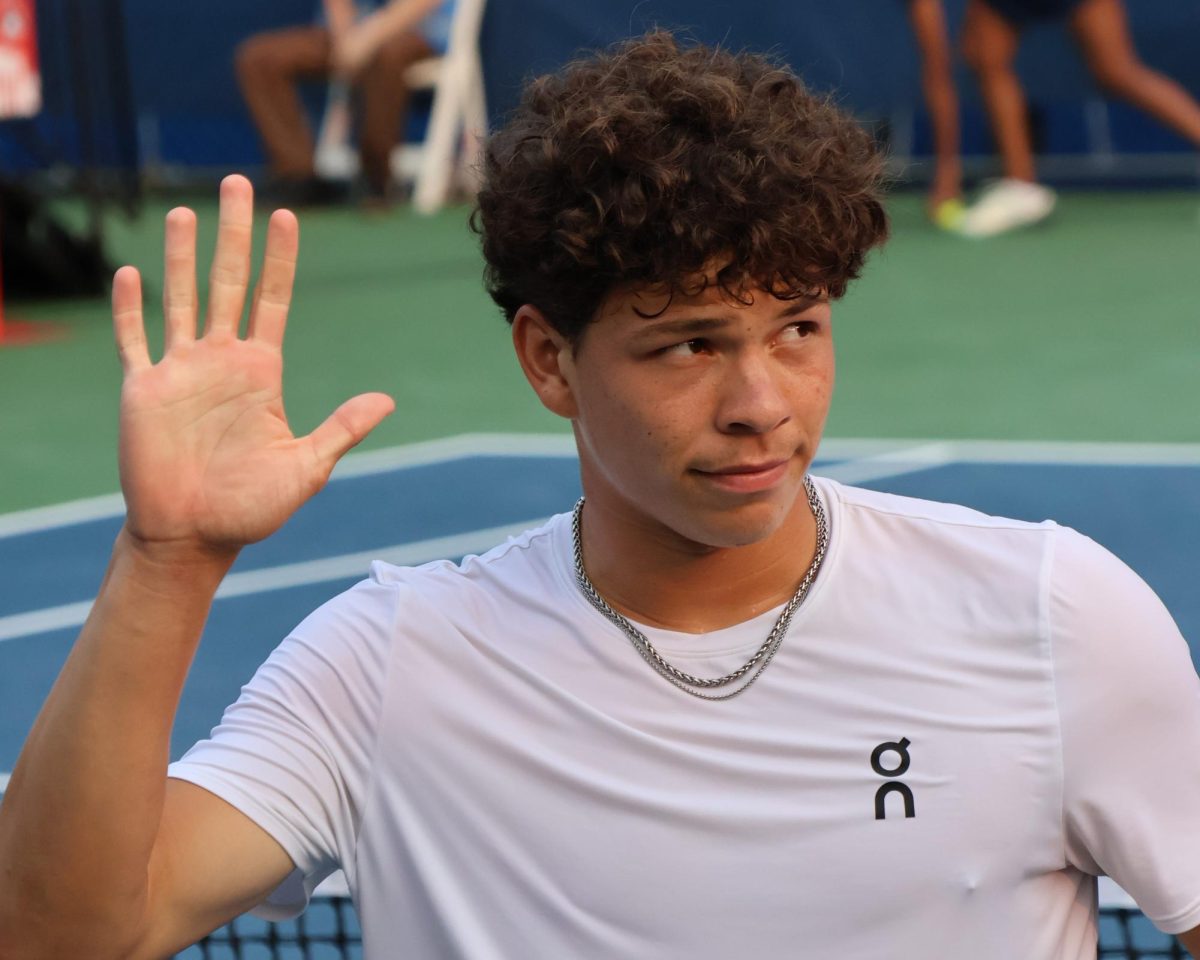The pregame atmosphere at the Harry S. Truman Sports Complex in Kansas City, Mo., one of the best tailgating venues in the country, reaches its apex in September. With its fall foliage and the scent of arguably the nation’s best barbecue wafting in the air on football Sundays, Kansas City is a great place to be this time of year.
Any other year, this article would be about the Kansas City Chiefs — not this year. Instead, this is about the surprise of Major League Baseball: the Royals.
Although Kansas City might not inspire a great deal of postcode envy among baseball players, the small-market, homegrown Royals are in a prime position to make their first postseason appearance since the mid-years of the Reagan Administration — 1985, to be precise. They are also the latest team to defy the traditional spend-to-win logic in MLB’s laissez-faire economic world.
Unlike the other three major American professional sports, baseball lacks a salary cap, so teams can spend as much money as they wish on players’ salaries. Over the past five seasons, the Royals have averaged the 22nd-highest payroll in the 30-team league at just over $68 million per year.
While small-market teams have beaten the odds against teams like the Los Angeles Dodgers, who are spending nearly $239 million this year alone, the question remains: Why is 2014 the year of the Royals?
First, it is vital to understand that this is not a miracle season. This was the season for the Royals because they have been building for something like this for nearly a decade. Following 13 years of futility and the loss of promising young outfielders Carlos Beltran, Jermaine Dye and Johnny Damon, the franchise brought in Dayton Moore as general manager in 2006. Moore, then the assistant general manager of the Atlanta Braves, began to model the Royals after the Braves, who had won 14 straight division titles from 1991 to 2005 and had a World Series trophy to boot.
The strategy Moore and the Royals took was simple: draft well and plan to win from within. No high-priced free agents were necessary. The franchise also had a long-term focus and was willing to tolerate losing in the short-term. Fortunately, the team has not lost 100 games since 2006, and the club is on pace for its second consecutive winning season.
In many ways, the success of the Royals defies traditional baseball logic. They rank last in the American League with only 91 home runs, and they average a paltry 3.68 runs per game. Their on-base percentage is tied for second-worst in the AL, and they’re also last in the AL in walks. Intuitively, this should seem puzzling because successful teams are either high on-base teams (think the 2002 Oakland A’s of “Moneyball” fame) or they rely on big hits. This team is neither.
However, this is old-school baseball because the Royals are doing what every Little League coach tells his players to do: Put the ball in play, run the bases well and play good defense. The Royals offense may be mediocre, but their efficiency is astounding. The Royals lead the AL in stolen bases by over a 30-base margin, so when they do manage to get on base, they make it count.
Their defense — the baseball equivalent of the 1985 Chicago Bears — is probably their greatest reason for success. FanGraphs.com’s advanced statistics have the Royals’ defense as the best in baseball for the second straight year and calculates that their defense saves an additional 64 runs than the average defense.
The bullpen — the Achilles’ heel of so many teams — has also been one of the strongest features of this surprise playoff-caliber team. Again, FanGraphs’s advance statistics have the Royals as the second-best bullpen in the AL, and they are fourth in the majors at nearly five wins above replacement. Kansas City’s bullpen has converted 83 percent of its save opportunities, which is tied for the league-best with San Diego, and the Royals have the second-most saves in the AL.
Simply put, when the Royals have leads late in games, they usually don’t lose.
Currently, ESPN advanced statistics estimate that the Royals have over a 71 percent chance of making the postseason, and the Royals have a half-game lead in the American League Wild Card race over Seattle.
Obviously, anything could happen. Royals fans, especially those under 29-years-old who have never seen a Royals playoff game, should add a dose of caution to their optimism.
But for once, the reason to see a September baseball game in Kansas City extends beyond the pregame ribs.
Michael Ippolito is a sophomore in the College. The Water Cooler appears every Tuesday.








